Lamborghini is a byword for excitement and excess in the automotive world, but that hasn’t always been the case. It might be all about speed and noise these days, but the roots of the company are very different indeed.
The Lamborghini Automobili company began life as the brainchild of Italian founder Ferruccio Lamborghini. Born in 1916, Ferruccio served as a mechanic in the Italian Royal Air Force during the Second World War before going into business building tractors based on surplus World War II military hardware.
By the mid-1950s, Lamborghini’s tractor company was growing at a rapid rate and by the time he expanded into constructing boilers and air-conditioning systems in 1960, Lamborghini had become one of Italy’s great industrialists.
With increased success brought great wealth, which led Ferruccio to purchase a fleet of sports cars – one of them a Ferrari 250GT. It was this acquisition that spawned the idea for Ferruccio Lamborghini to set up his own car company; in his opinion finding that the Ferrari was too noisy and rough for proper road cars, likening them to repurposed track cars.
Lamborghini designed and built his first car – the 350GTV – in only four months, just in time for an unveiling at the 1963 Turin motor show. Despite the favourable press reviews, the 350GTV was a one-off, with Lamborghini re-working the production model and calling it the 350GT.
Debuting at the 1964 Geneva Auto Show, the 350GT was powered by a de-tuned 270bhp 3.5-litre V12 mated to a five-speed manual transmission. The 350GT could accelerate from 0-62mph in 6.8sec and onto a top speed of 158mph – hugely impressive figures in its day. Only 120 examples were made.
Further revisions to the 350GT created the 400GT in 1965. Italian engineer Gian Paulo Dallara tweaked the V12, increasing its displacement to 3.9 litres and a power hike to 320bhp at 6500rpm.
At the 1966 Geneva auto show, Lamborghini unveiled the 400GT 2+2, a stretched version of the 350GT/400GT that featured 2+2 seating with a revised roofline. Like its predecessors, the 400GT 2+2 was well received by motoring journalists, with revenue from sales of the 2+2 allowing Lamborghini to increase labour at his Sant’Agata factory to 170 employees.
During 1965, Lamborghini’s three top engineers, Gian Paolo Dallara, Paolo Stanzani and New Zealander Bob Wallace put their own time into development of a prototype – named P400 – that they envisioned as a road car with racing pedigree, capable of winning on the track as well as being driven on the road by enthusiasts.
Despite being the antithesis of Ferruccio’s original ‘Grand Touring’ ethos, the company founder allowed his engineers to go ahead, deciding the P400 would be useful as a marketing tool, if nothing more.
A version with bodywork penned by Bertone’s Marcello Gandini debuted at the 1966 Geneva motor show. Lamborghini's first mid-engined two-seater saw favourable reaction at Geneva with the P400 going into production the following year under a different name, with Lamborghini’s newly created trademark badge taken from the toughest and smartest of fighting bulls – Miura.
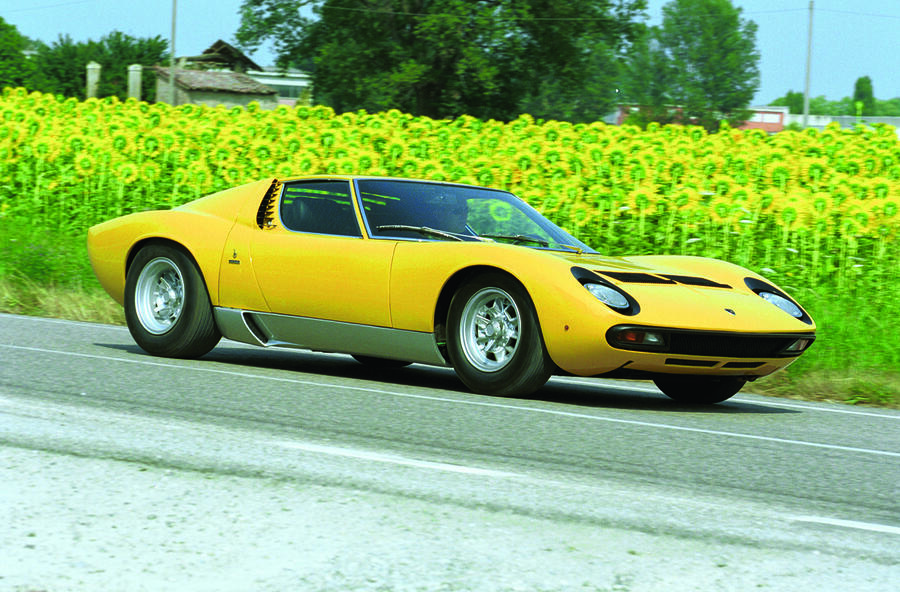
Early Miuras were powered by a transversely mounted 350bhp 3.9-litre V12 derived from the 400GT. At the 1968 Turin motor show, the Italian car maker pulled the wraps off the Miura P400S, which showcased newly added power windows, optional air conditioning, bright chrome trim around external windows and power up to 370bhp at 7000rpm. The last and most famous Miura – the P400SV or Miura SV – featured a power hike up to a heady 380bhp. In total, 764 Miuras were made.
In 1968, the replacement for the 400GT arrived in the form of the Lamborghini Islero. Named after a Miura bull which killed famed matador Manuel Rodriguez Manolete, it was essentially a rebody of the 400GT, but was powered by a 325bhp 3.9-litre V12 mated to a five-speed transmission and featured fully independent suspension and disk brakes. Even though Ferruccio Lamborghini believed the car represented a well-developed Gran Turismo product, it failed to attract buyers with only 125 units sold between 1968 and 1969.
The following year, design house Bertone persuaded Lamborghini to allow them to design a brand new four-seater. Crafted by Marcello Gandini, the result was a two-door coupé named the Espada. Again it was propelled by the Raging Bull’s trusty 3.9-litre V12 under the bonnet, which kicked out 325bhp and was the first Lamborghini offered with an optional automatic transmission. A total of 1,217 Espadas were built, making it the most successful Lamborghini model at the time.
In 1970, the Jarama was unveiled at that year’s Geneva motor show. Another Marcello Gandini-designed car, the Jarama was built on a shortened platform of the Espada and was available in two flavours – a 350bhp GT (1970-1973) and 365bhp GTS (1973-1976), both with the familiar 3929cc V12 unit shoehorned in the nose.
Also in 1970, Lamborghini pulled the wraps off its 2+2 mid-engined Urraco coupé at that year’s Turin auto show. The first model leaving the production line in 1973, the Urraco was a more affordable alternative to the contemporary Ferrari Dino and Maserati Merak.
Three versions were available – the entry-level P200 with a 180bhp 2.0-litre V8, P250 powered by a 217bhp 2.5-litre V8 and the range-topping 3.0-litre V8 P300 kicking out 247bhp. Top speeds ranged from 134mph to 162mph. From 1972 until 1979, 791 examples rolled off the production line
With the 1973 oil crisis taking a sledgehammer to sales of high performance cars, Lamborghini hit hard times and Ferruccio sold 51 per cent of his company to long-time friend and Swiss businessman Georges-Henri Rossetti for $600,000.
A year later Ferruccio Lamborghini sold his remaining 49 per cent stake in Lamborghini Automobili to Rene Leimer, a friend of Georges-Henri Rossetti. Having severed all connections with the cars and tractors that bore his name, Lamborghini retired to an estate in the province of Perugia in central Italy, where he would remain until his death in 1993.
In 1974 the Italian car manufacturer unleashed the eye-popping Lamborghini Countach. Yet another Marcello Gandini design, the Countach was initially powered by the traditional 3929cc Lamborghini engine kicking out 370bhp, which remained until 1982 when the Countach LP500S was launched. Equipped with a 4.8-litre V12 providing the fireworks, yet with the same power output of 370bhp, torque was up to 308lb ft at 4500rpm.
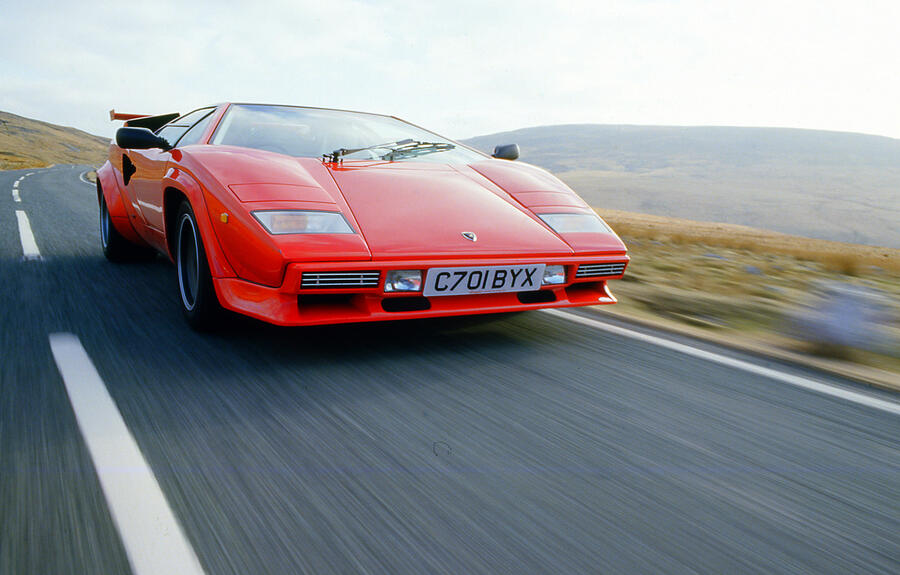
Three years later, the engine was improved again – bored and stroked to 5.2 litres and given four valves per cylinder (quattrovalvole in Italian), this edition badged 5000QV. Power was now up to 449bhp with 0-62mph taken care of in 4.9sec and onto a top speed of 183mph. A 25th anniversary Countach was launched in 1988 named to celebrate the company’s 25th birthday. Mechanically, it was very similar to the 5000QV but sported much-changed styling.
Carrying on where the Urraco left off, the Lamborghini Jalpa was launched in 1981. Being much less expensive than the Countach and still designed by Bertone, the Jalpa was powered by a 3.5-litre V8 pumping out 255bhp at 7000rpm and covering the 0-60mph dash in 6.0sec. In 1988, after falling sales, new owners Chrysler pulled the plug on Jalpa production.
In 1986, Lamborghini took a punt – launching their first four-wheel-drive vehicle – the hefty LM002 SUV. Dubbed the “Rambo Lambo”, its aggressive styling and powerful engine made it a success for the Italian car maker. Equipped with a 290-litre fuel tank and a 5.2-litre V12 from the Countach, production ceased in 1993 with 328 examples made.
In January 1990, the Diablo was launched. Once again penned by Marcello Gandini, the Diablo was powered by a mid-mounted 5.7-litre 48-valve V12 producing 492bhp, accelerating the car from 0-62mph in 4.5sec and not letting up until 202mph.
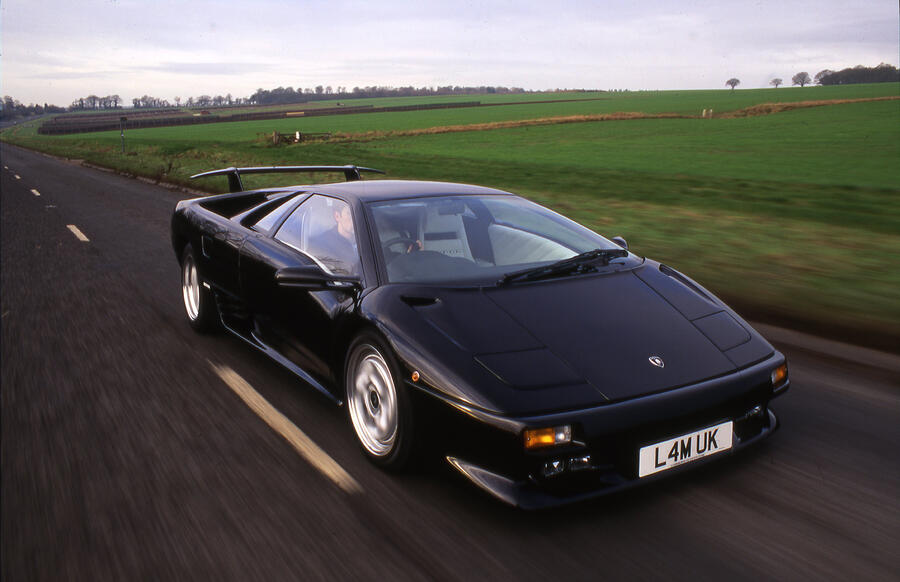
The Diablo VT was introduced in 1993, with the addition of four-wheel drive. The special-edition Diablo SE30 followed in 1994 to commemorate Lamborghini’s 30th anniversary giving the SE30 a power hike to 523bhp. A facelifted Diablo arrived in 1999 after Audi AG took over the reins of Lamborghini the previous year, culminating in the VT 6.0 which pumped out a hefty 550bhp.
Lamborghini’s new German parent company played an important role in the creation of the Diablo’s replacement - the Murciélago. The new flagship car being styled by Lamborghini’s head of design, Belgian Luc Donckerwolke, the first-generation 6.2-litre V12 produced 572bhp which was mated to a six-speed manual gearbox.
A Murciélago roadster open-top car was introduced in 2004 with the second-generation LP 640 launched in 2006, peaking with the ultimate version of the Murciélago, the LP 670-4 SuperVeloce in 2009 – with 661bhp on tap and rocketing the car from 0-60mph in 2.8sec and onto 214mph. Limited to just 350 examples, it cost £270,000.
In 2003, Lamborghini targeted the baby supercar market with the unveiling of the all-wheel drive Gallardo. Powered by an Audi-derived 5.0-litre V10, output was increased from 493bhp to 513bhp in 2006 when the open-top Gallardo Spyder debuted.

A limited-edition Gallardo – the LP 550-2 Balboni – was revealed in 2009, to pay homage to Lamborghini’s legendary test driver Valentino Balboni. It was the first rear-wheel drive Lamborghini to appear from Sant’Agata since the first-generation Diablo and featured a 542bhp 5.2-litre V10 with a top speed of 200mph and 0-62mph time of 3.9sec. The Gallardo is the most successful car to come out of the gates of Sant’Agata with over 13,000 cars sold.
In 2007, Lamborghini realised that building ultra-expensive limited-run hyper cars could be a tangible money-maker, so they built 20 examples of the 650bhp Reventon, which instantly sold out. With a recorded top speed of 221mph, it was officially the most expensive Lamborghini at that time – with a price tag of £840,000.
At the 2011 Geneva motor show, Lamborghini pulled the wraps of its Murciélago replacement – the Aventador. The car’s shape was inspired heavily from the Reventon and their Estoque concept car and is powered by Lamborghini’s new 700bhp 6.5-litre V12 engine – the first all-new V12 engine since the 3.5-litre unit found in the 350GT almost 50 years before.
The Aventador shattered the 0-62mph dash in 2.9sec and carried on accelerating up to 217mph. Following recent Lamborghini tradition, an Aventador Roadster was launched in 2012 with Lamborghini claiming identical performance figures for its open-top variant.
That same year, the Italian car maker released the super-extreme Lamborghini Sesto Elemento for track use only. With a kerb weight of 999kg and powered by a 570bhp 5.2-litre V10, the Sesto Elemento could sprint from 0-62mph in just 2.5sec. All 20 examples were sold with a price tag of around $2.5 million.
Not content with that creation, Lamborghini unleashed another outrageous ultra-hyper car in the form of the Lamborghini Veneno at the 2013 Geneva motor show. Based on the Aventador and built to commemorate the 50th anniversary of Lamborghini, it was equipped with a brutal 740bhp 6.5-litre V12. Only three production cars were produced, each costing €3.1 million.
In 2016 the Aventador was replaced with the Aventador S, which brought with it more power (730bhp) and modest styling changes to mark what was a facelift rather than a complete overhaul. A configurable drive mode allowed drivers to adjust the dampers, drivetrain and steering in more depth, while the addition of a four-wheel steering system made the car more agile in corners and more stable in a straight line. Naturally, an S Roadster followed a year later. A track-focused Aventador SVJ was revealed in 2018, with the 759bhp monster going on to lap the Nurburgring in 6min 44.97sec. 12 months later, it was joined by an open-top alternative priced at £387,988.
The Gallardo replacement arrived in the shape of the Huracan, introducing a new type of hybrid carbonfibre and aluminium construction. Revealed at the Geneva motor show in 2014, Lamborghini’s ‘entry level’ supercar delivered 602bhp from a naturally aspirated, 5.2-litre V10, offering all-wheel drive via a seven-speed dual-clutch transmission. 0-62mph took 3.2sec - making it half a second faster than the Gallardo - with 0-124mph completed in a dizzying 9.9sec.
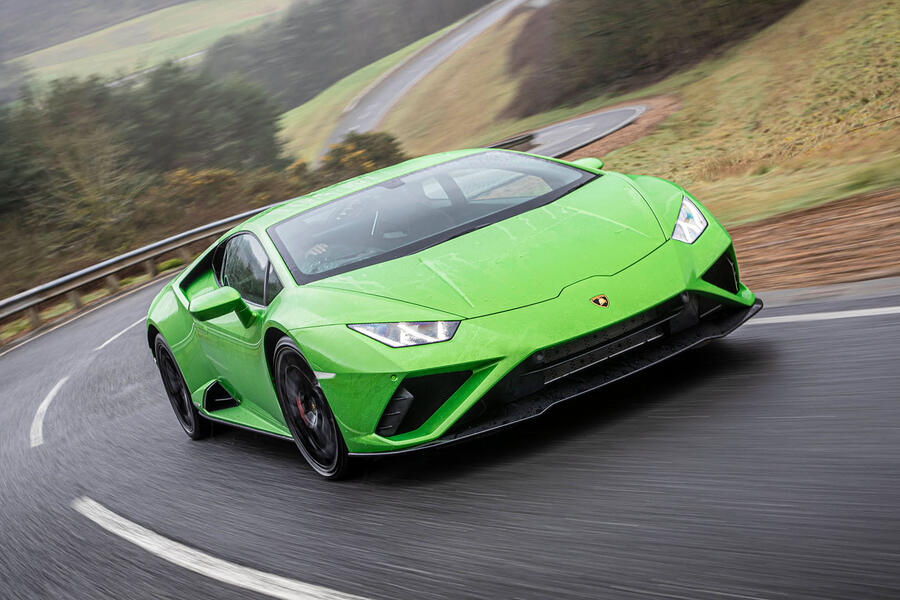
Various versions appeared over the next five years, including a Spyder, a cheaper, lighter LP 580-2 variant, and an all-guns-blazing Performante edition that lapped the Nurburgring in 6min 52.1sec. There was also a version inspired by the Italian police, and another blessed and signed by the Pope. A facelift introduced the Evo moniker to the Huracan line-up in 2019, with RWD versions of the hard-top and open-top following in 2020. These cost £164,000 and £188,000 respectively.
Lamborghini has continued to dabble in limited-run models to keep the coffers full (or develop its brand exclusivity, depending on how you look at it): the 759bhp, Aventador-based Centenario was revealed in 2016, celebrating the 100th anniversary of its founder’s birth. 20 coupes and 20 roadsters were built, priced at around £1.64 million apiece. The company paid tribute to another important figure - Ferdinand Piech, who was instrumental in bringing Lamborghini into the VW Group fold - with the Sian FPK 37. Revealed at the Frankfurt motor show in 2019, the Sian added hybrid power to the SVJ’s powertrain for 808bhp. Production was limited to 63 examples, 19 of which were Roadsters.
The Italian company has also followed some of its rivals down the permanently-open-top path: McLaren released the Elva, Aston Martin unleashed the V12 Speedster, and Lambo answered the call with the SC20. Generating 759bhp from the firm’s 6.5-litre V12 the one-off machine was built using “a combination of sophisticated engineering, Italian craftsmanship, sportiness and advanced design” according to chief technical officer Maurizio Reggiani.
Many trends have come and gone over the years, but the rise of SUVs was one gravy train that Lamborghini couldn’t afford not to board. Revealed in 2017, the Lamborghini Urus was powered by a 4.0-litre V8 developing 641bhp and 627lb ft. Capable of 0-60mph in 3.3sec (surely fast enough for the school run), the Urus instantly became the fastest SUV on sale with the exception of the top-spec Tesla Model X. As the company’s best-selling car in 2020 (outselling the Huracan by nearly two-to-one), it’s little wonder that a facelifted model was spotted testing in 2021.
Fans of Lamborghini can only hope that the company’s imagination keeps it planted firmly in the supercar and hypercar arena. Concepts like the wild Egoista (2014) and electric Terzo Millennio (2017) suggest that it’s unlikely to go back to making tractors any time soon.
Click here to read more about Lamborghini's range.
READ MORE
The history of Mercedes-Benz AMG - picture special


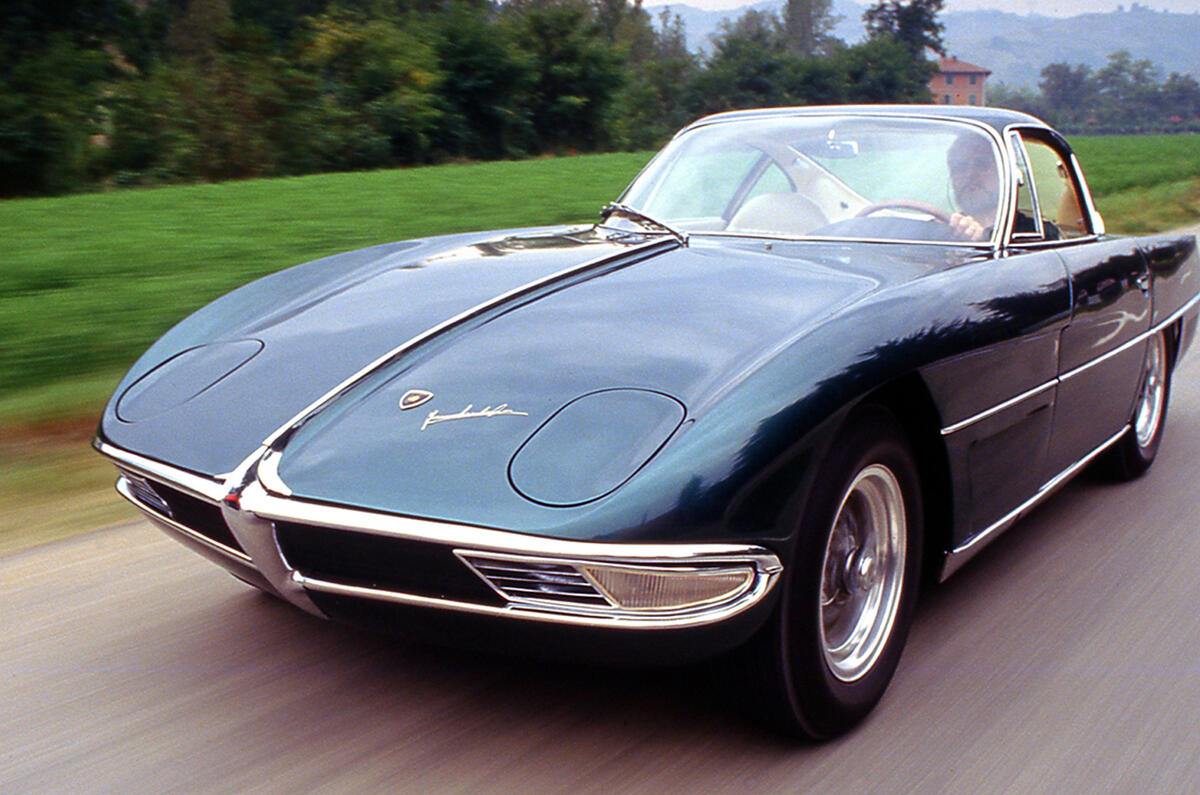
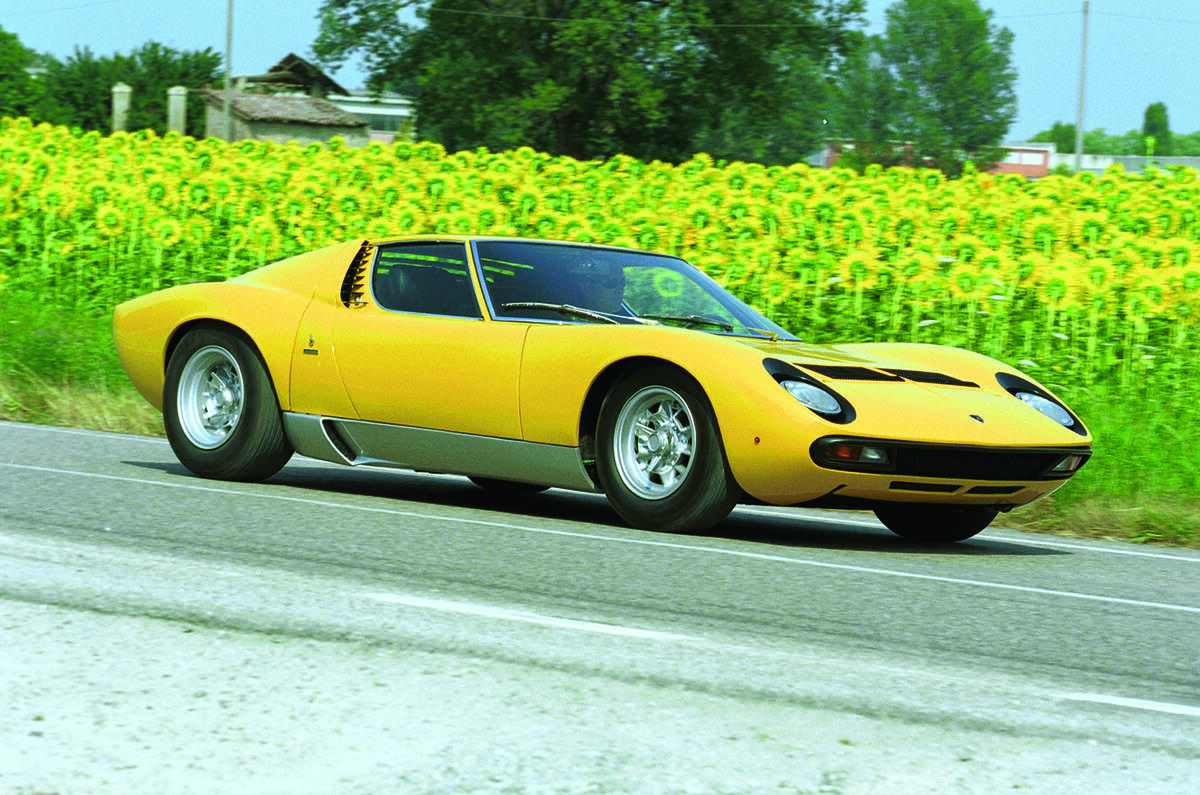
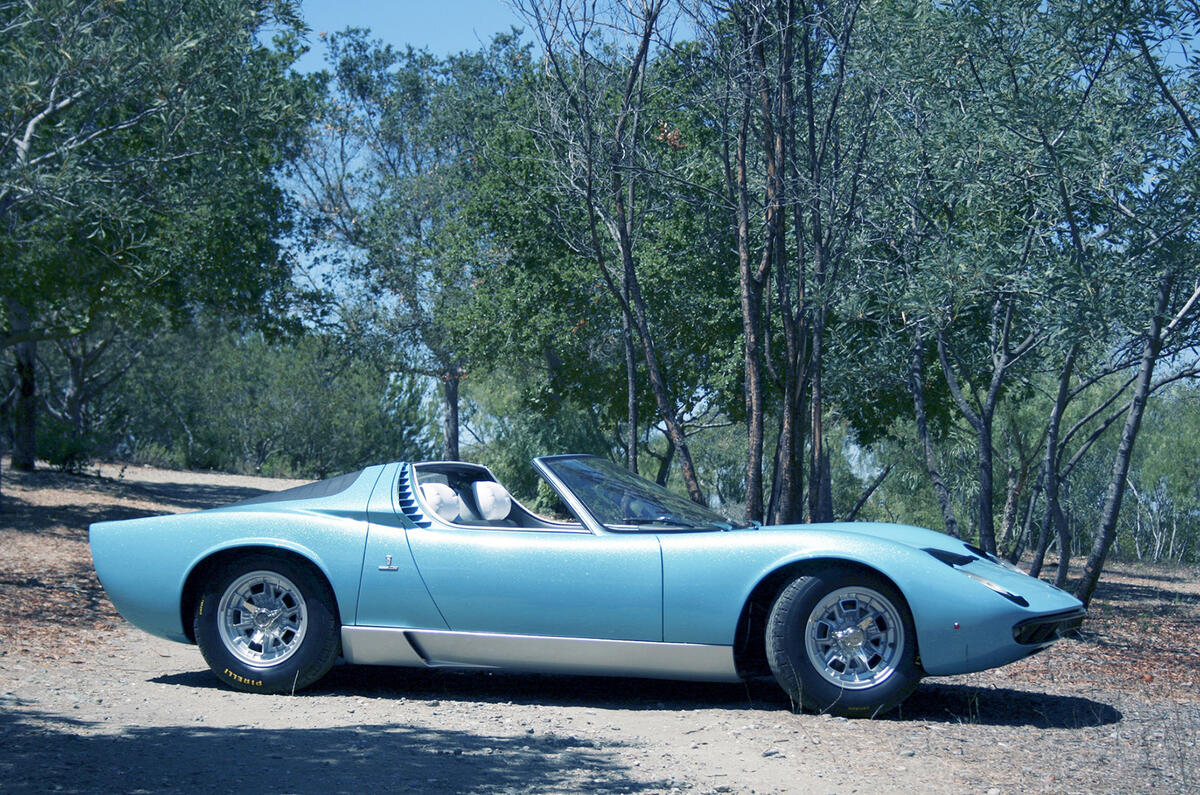
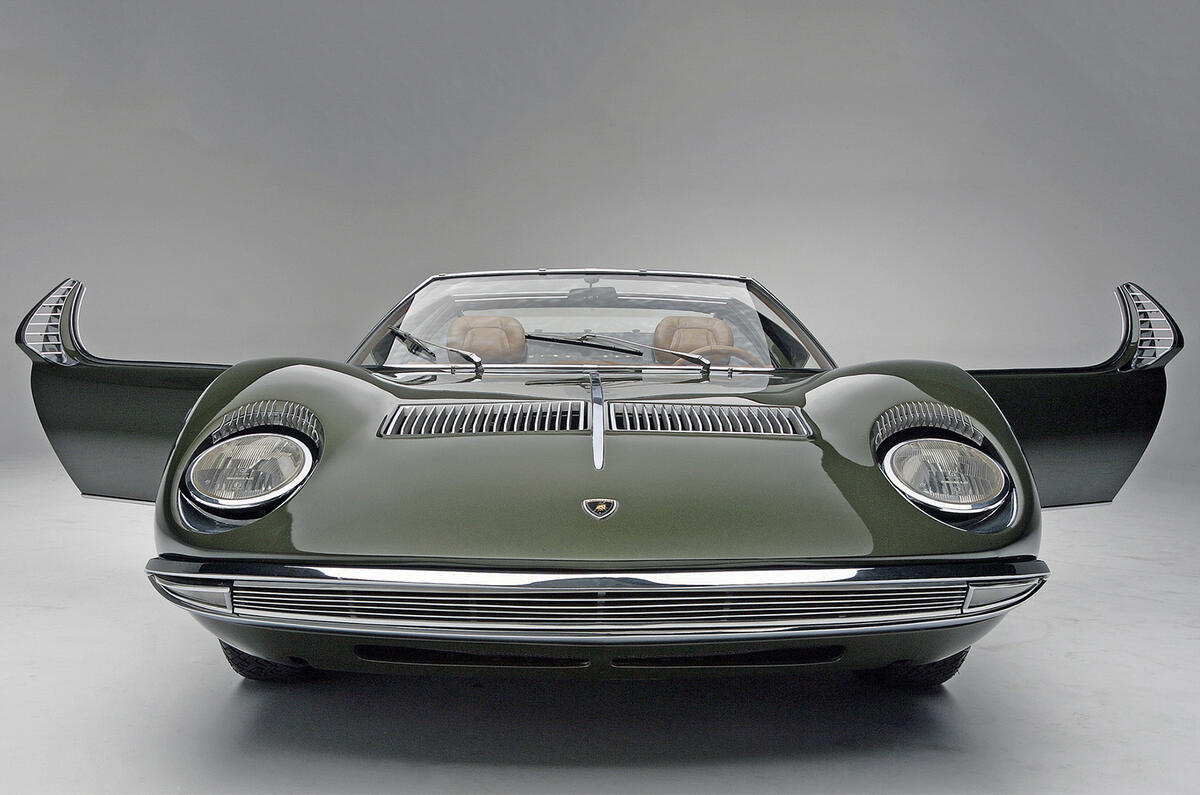
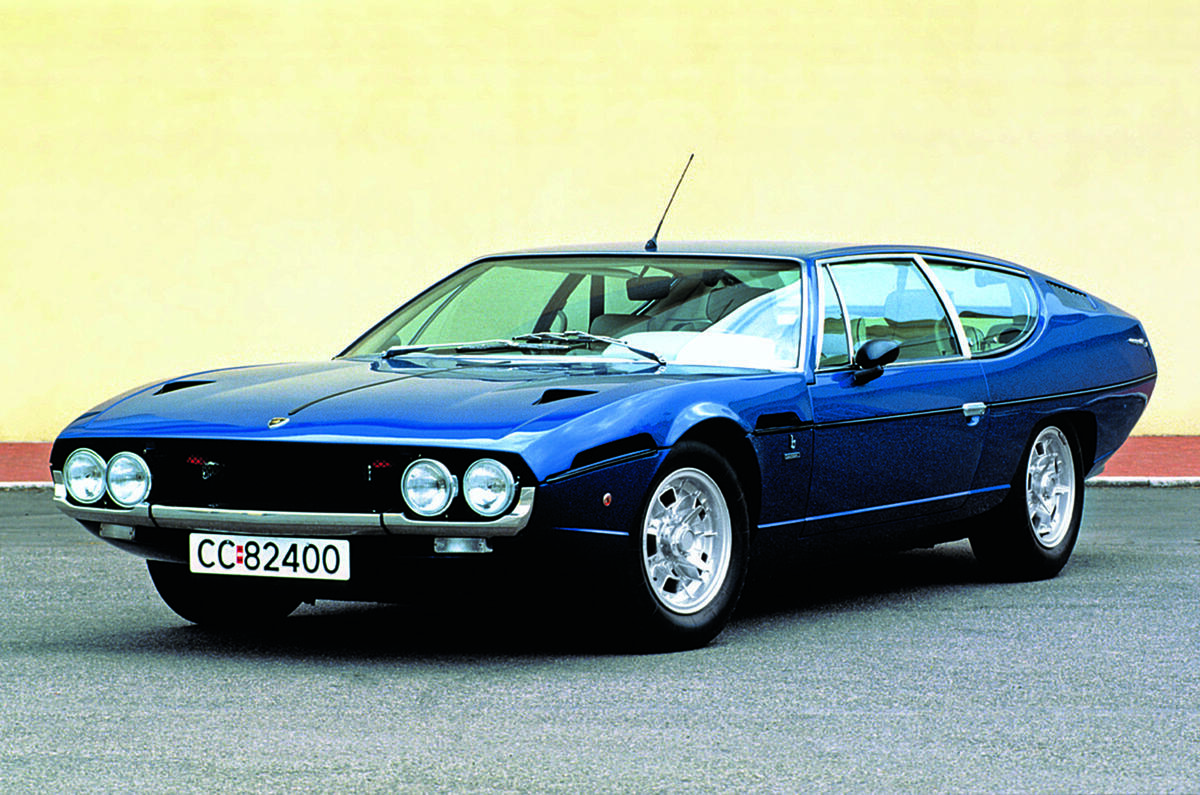
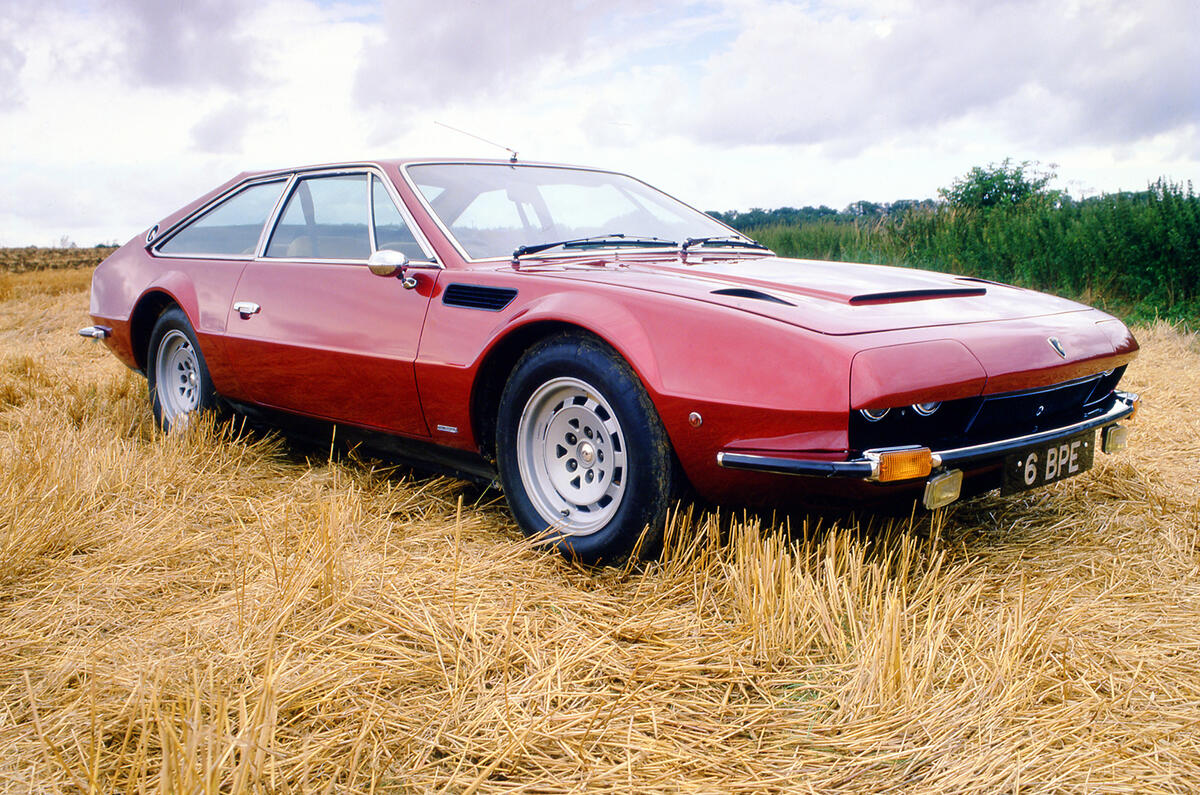
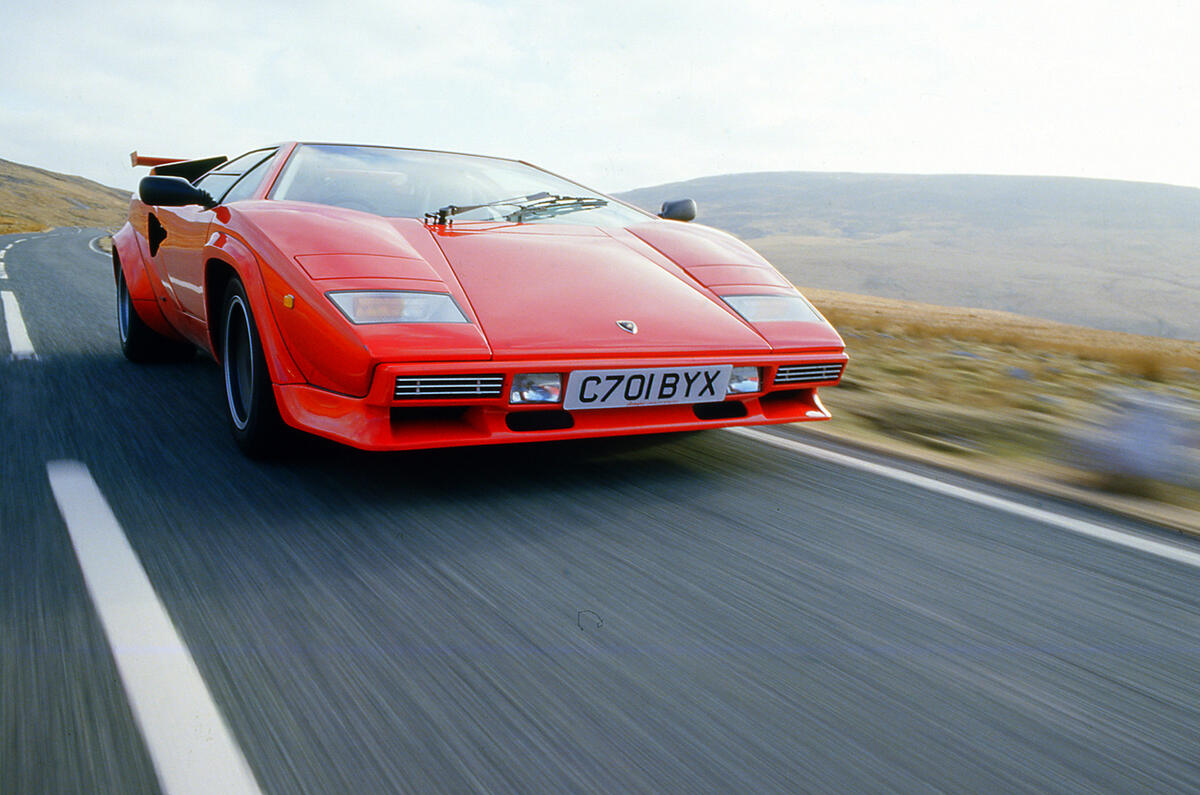
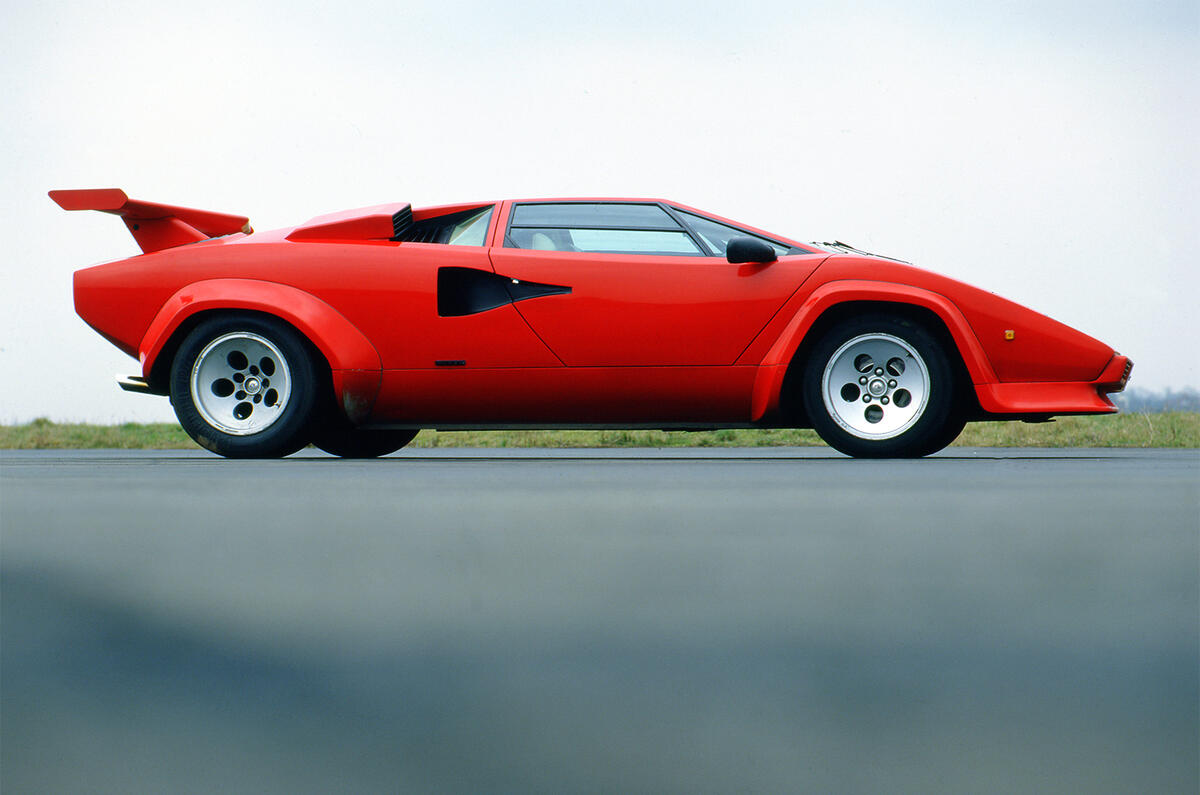



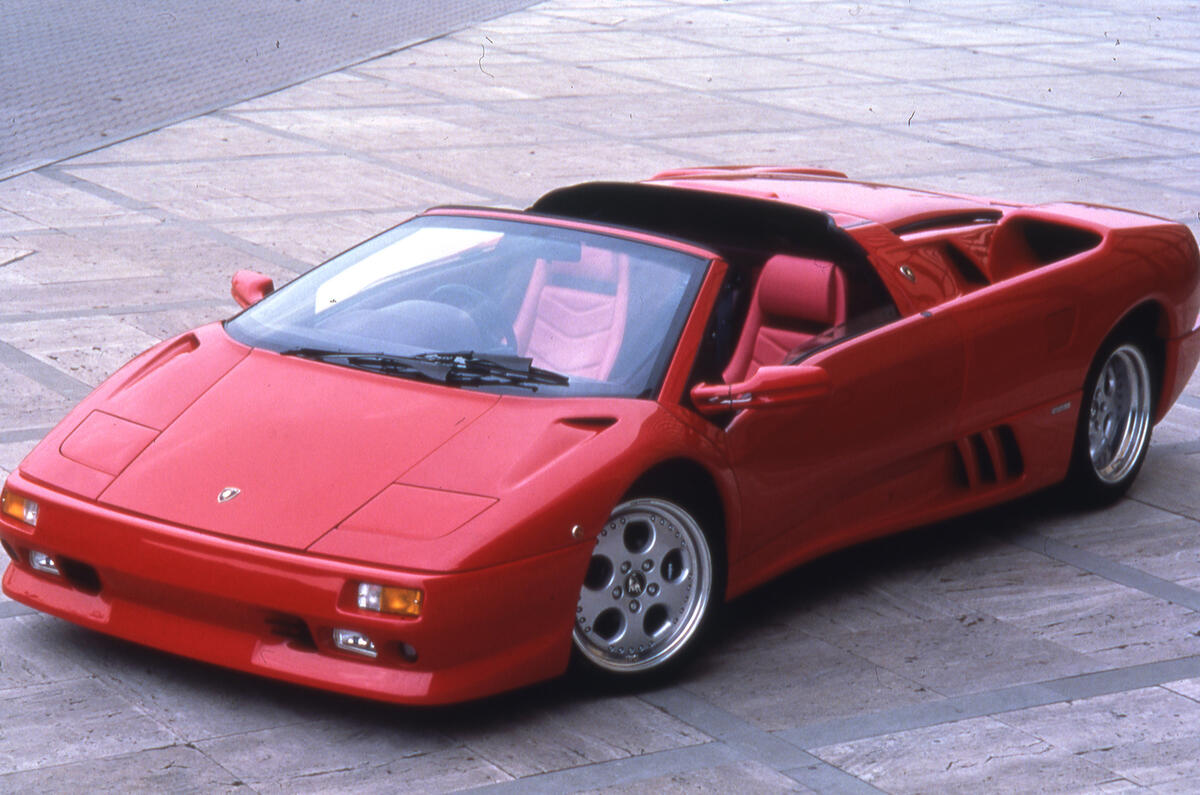
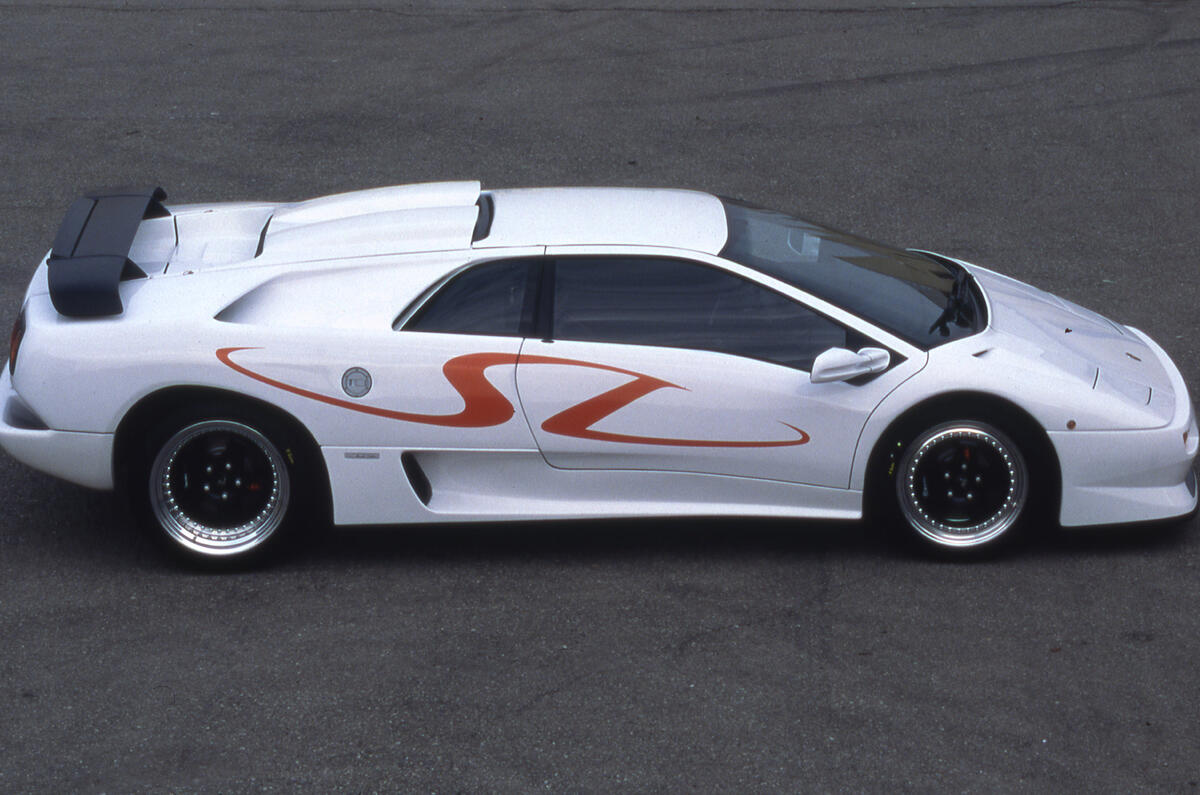
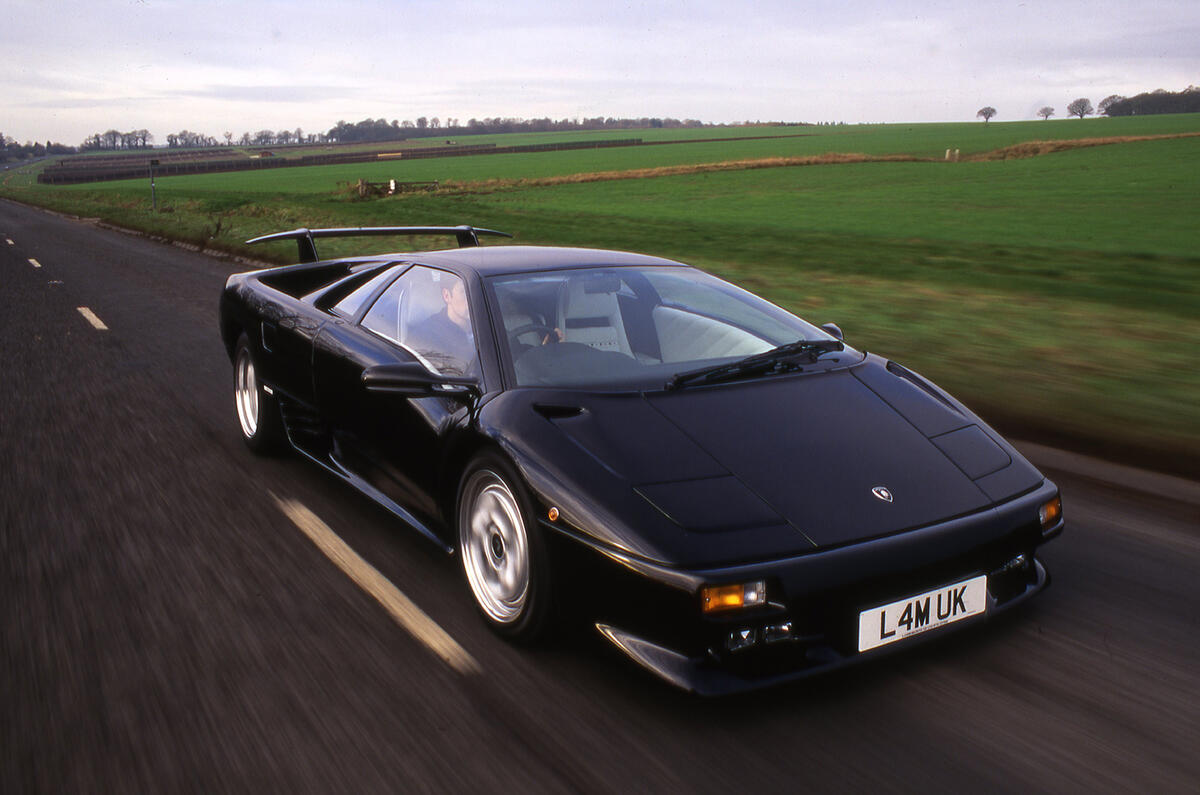
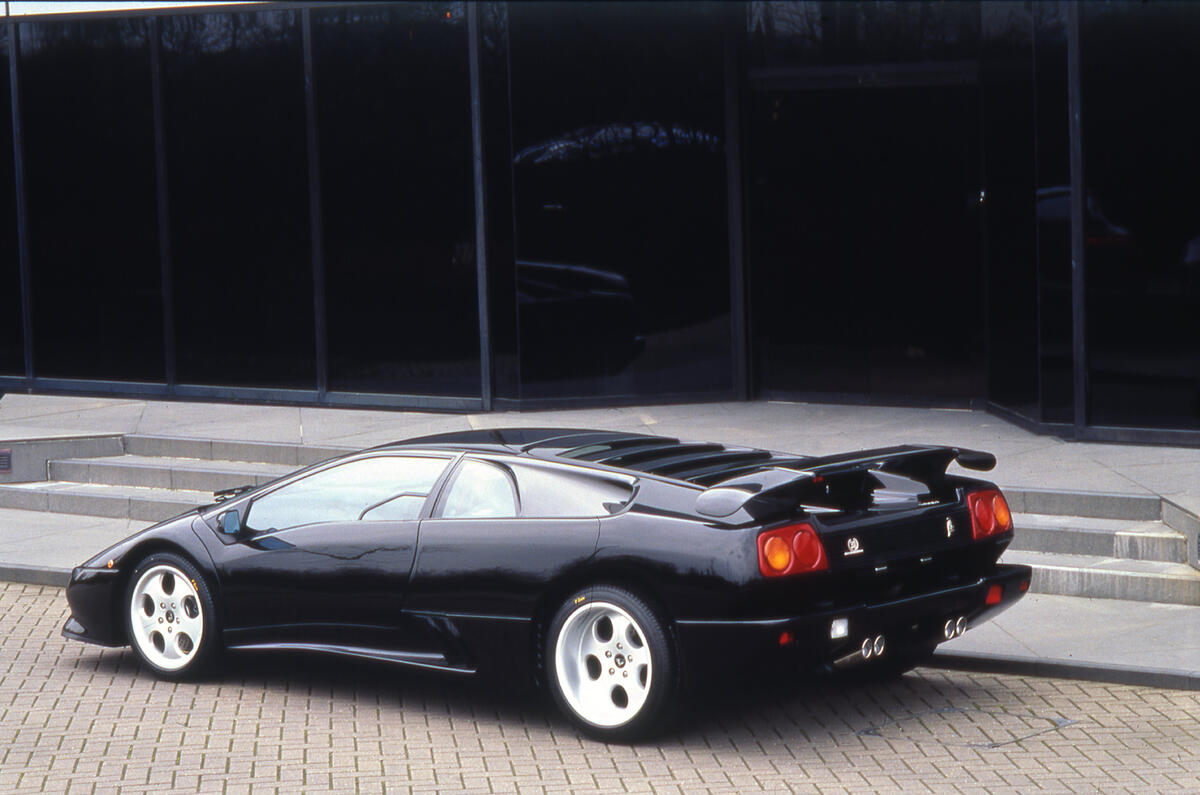
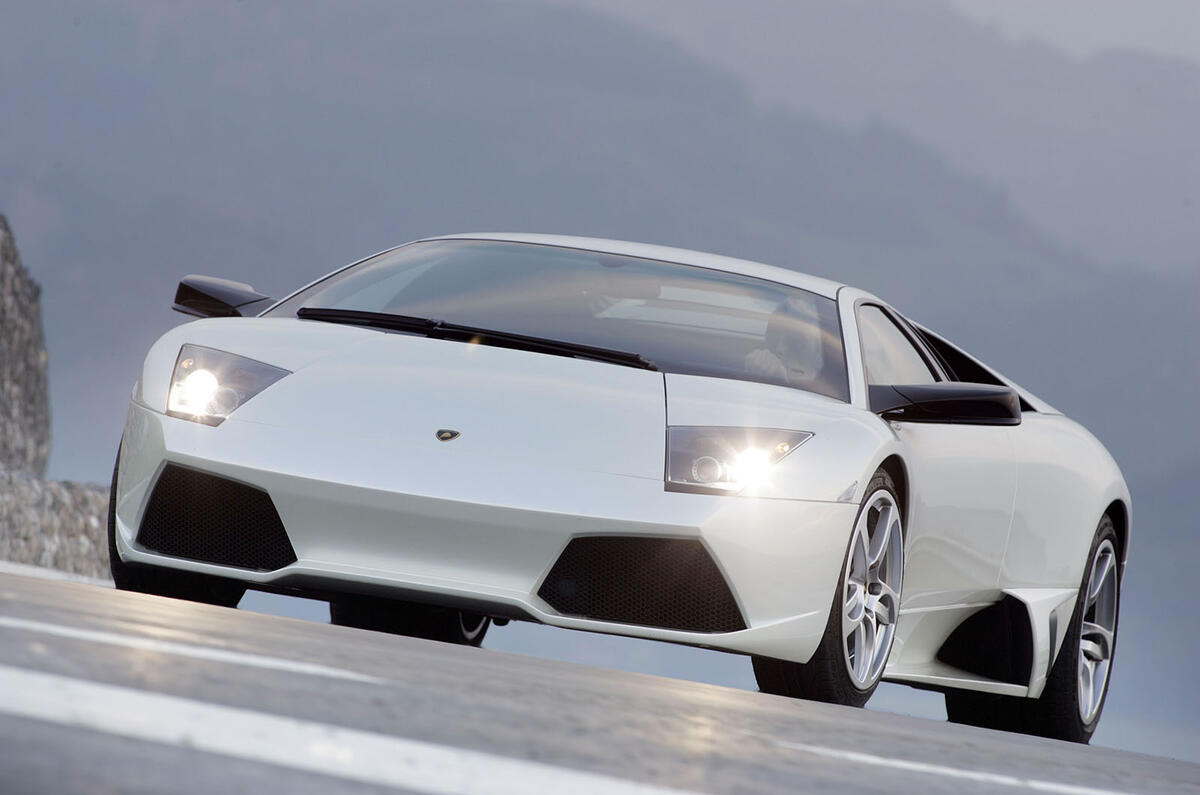


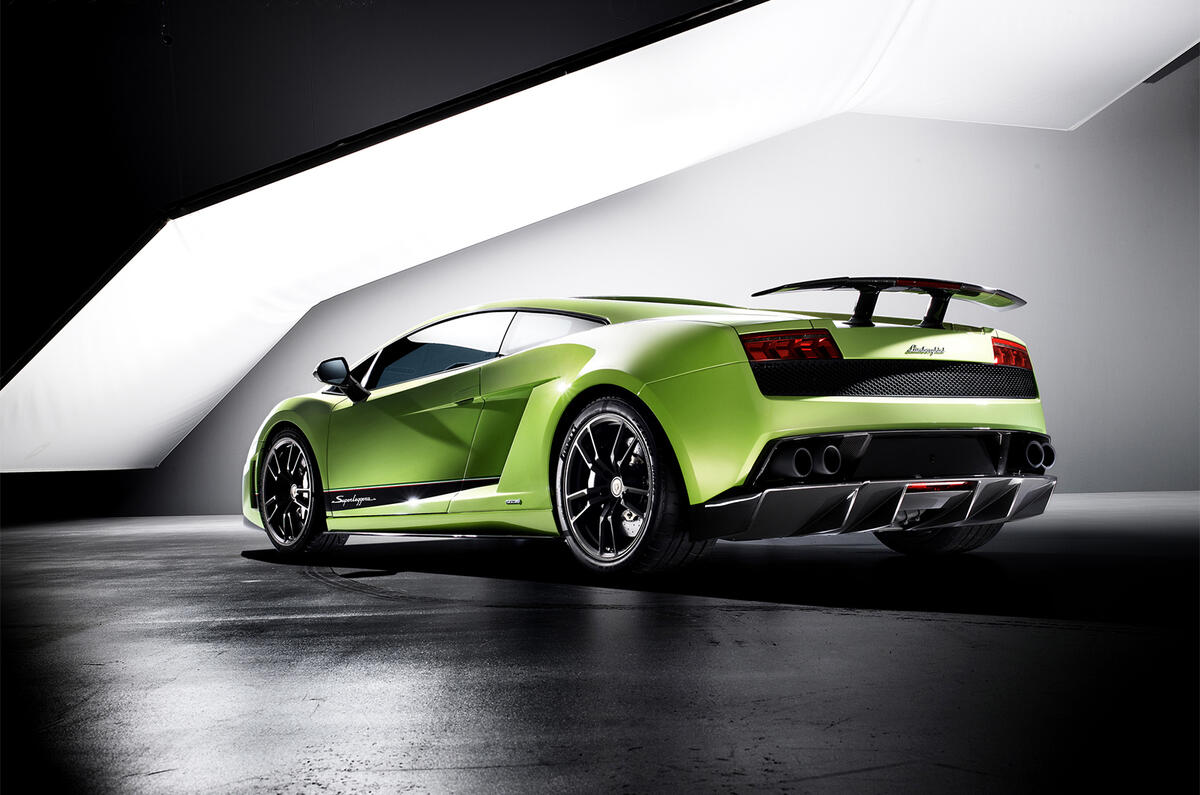
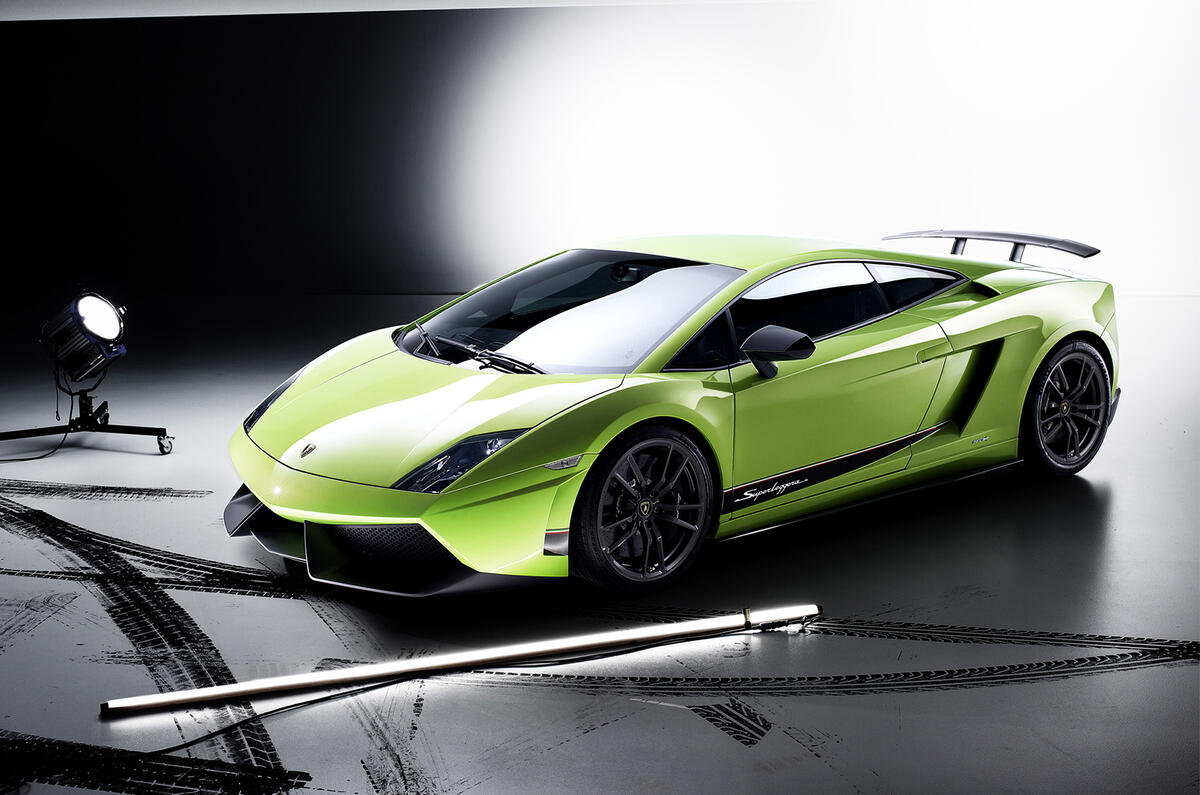

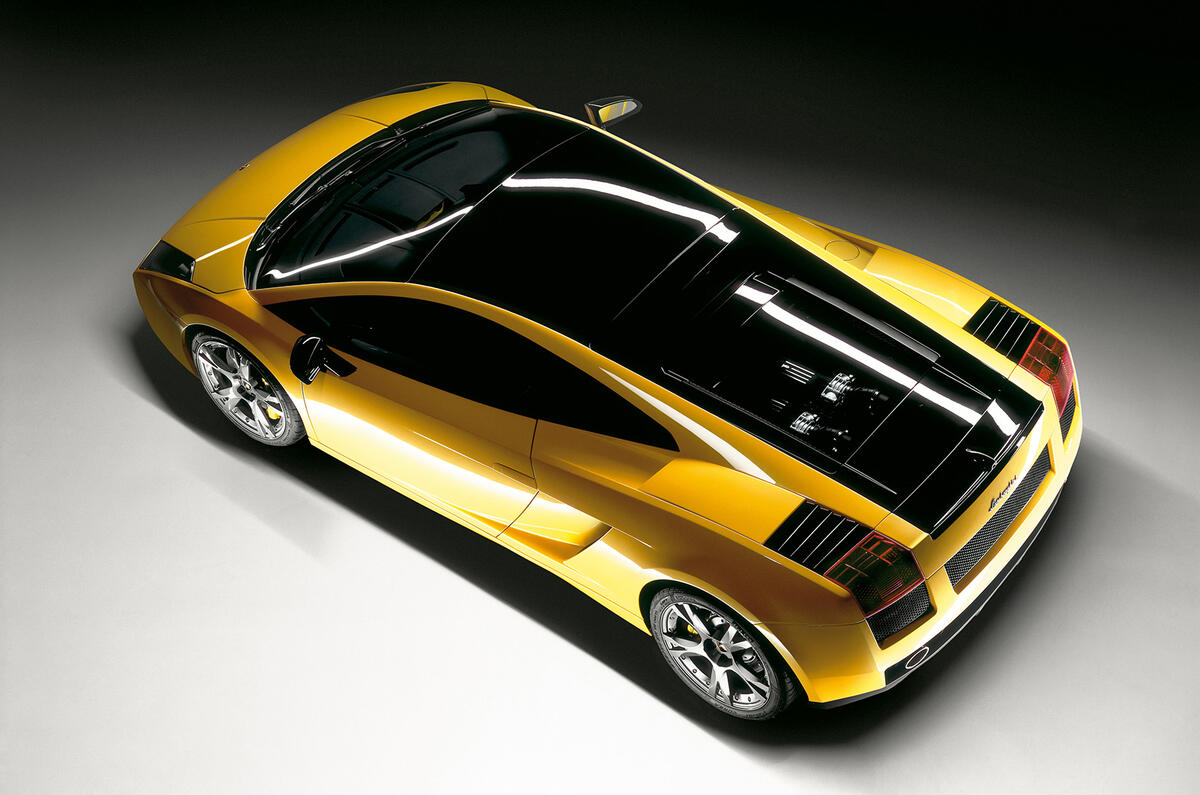





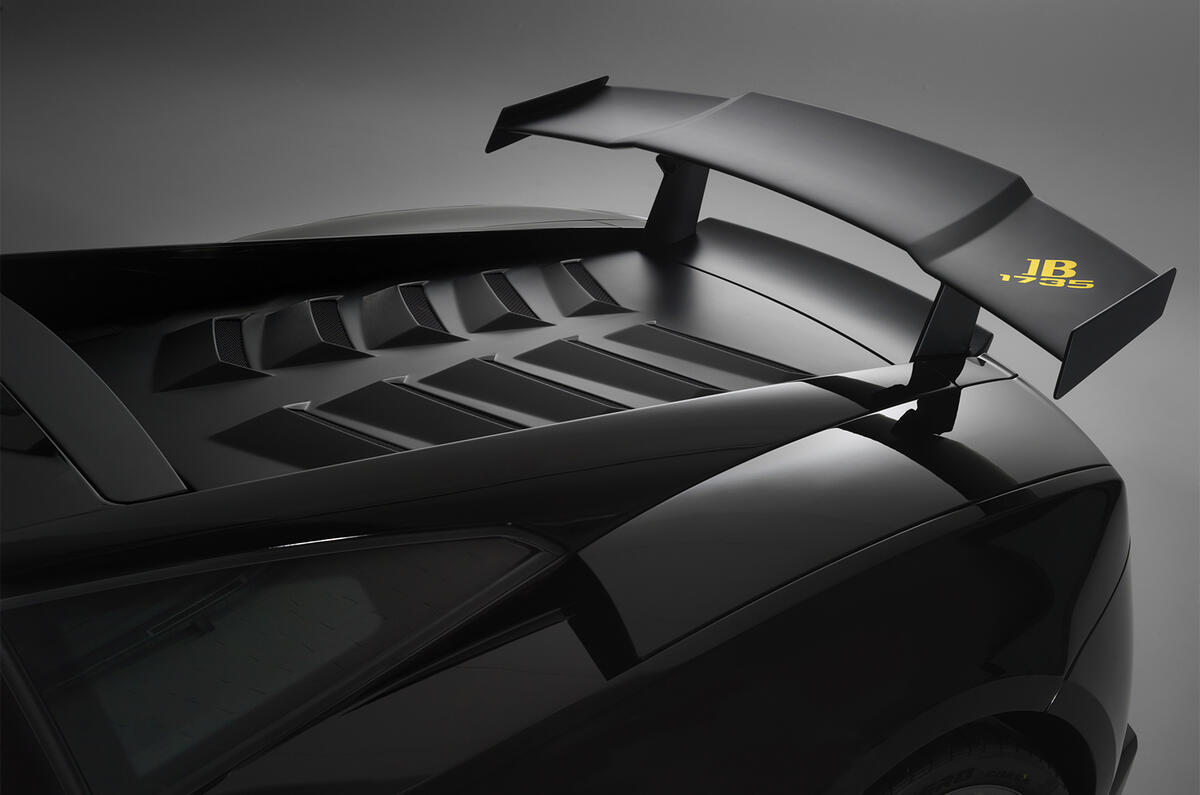
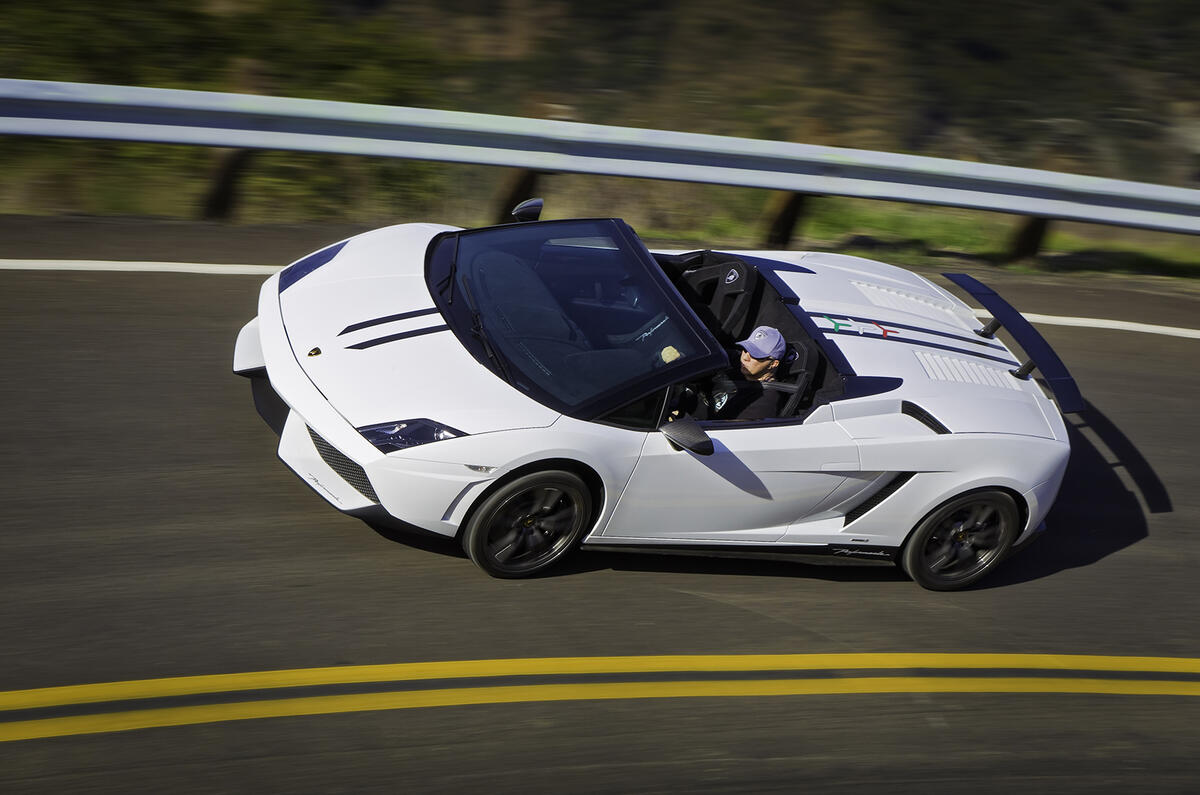
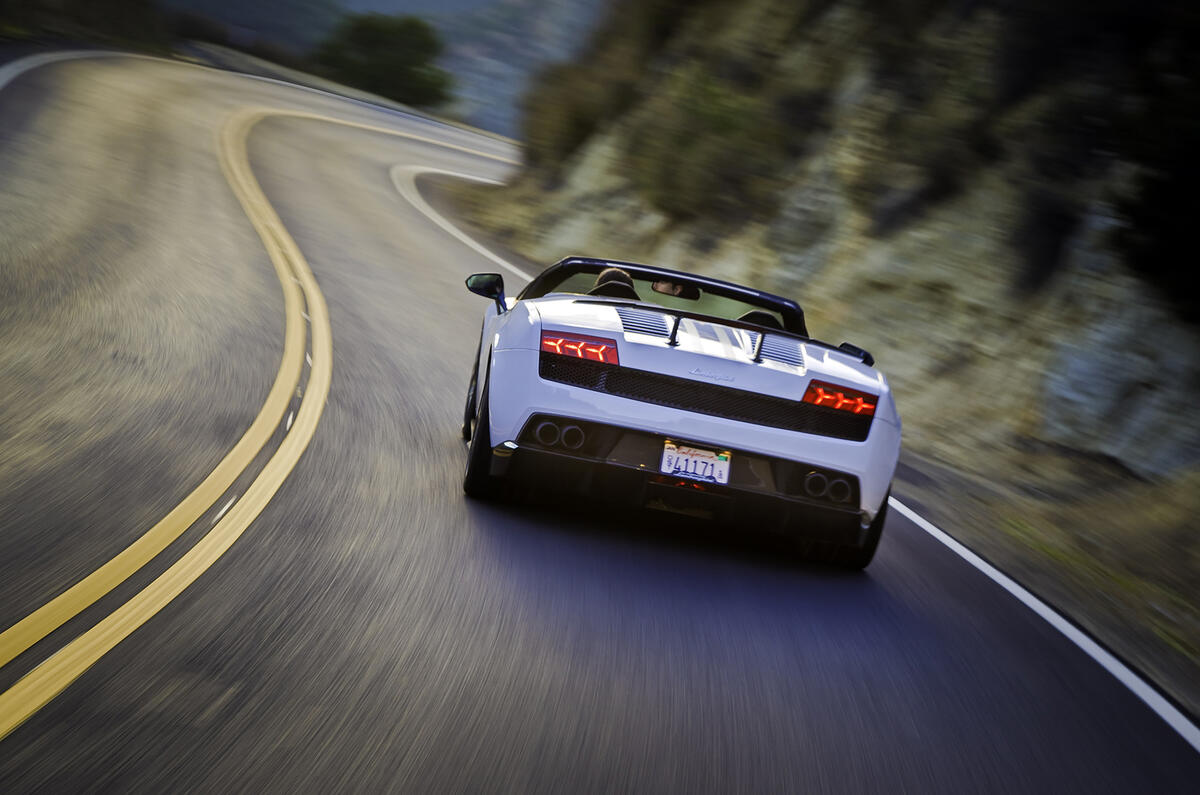
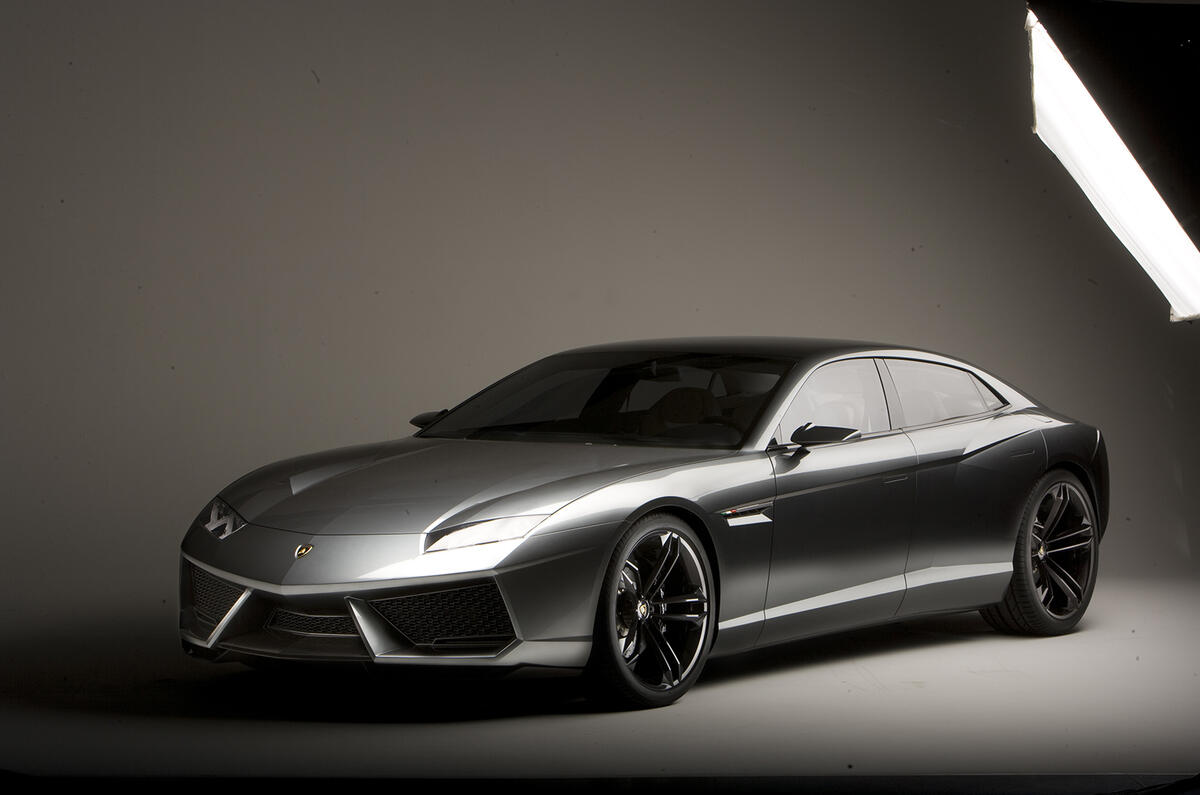




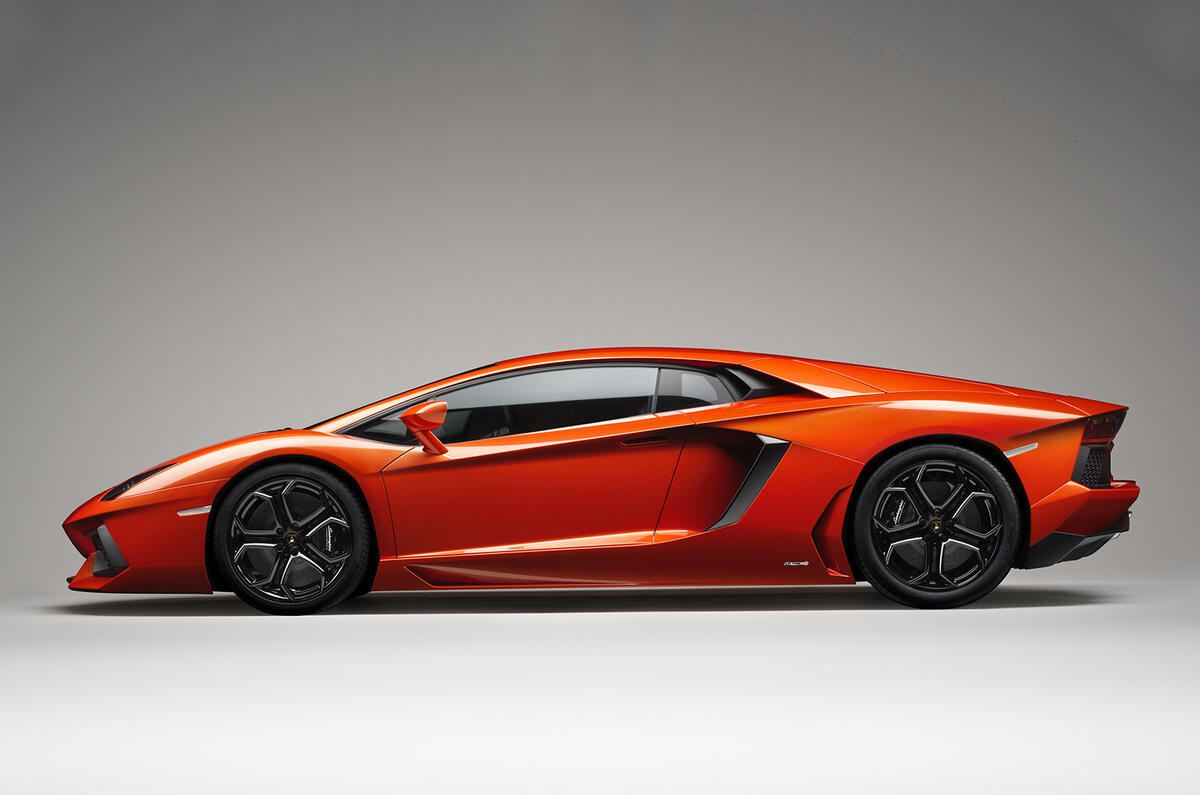

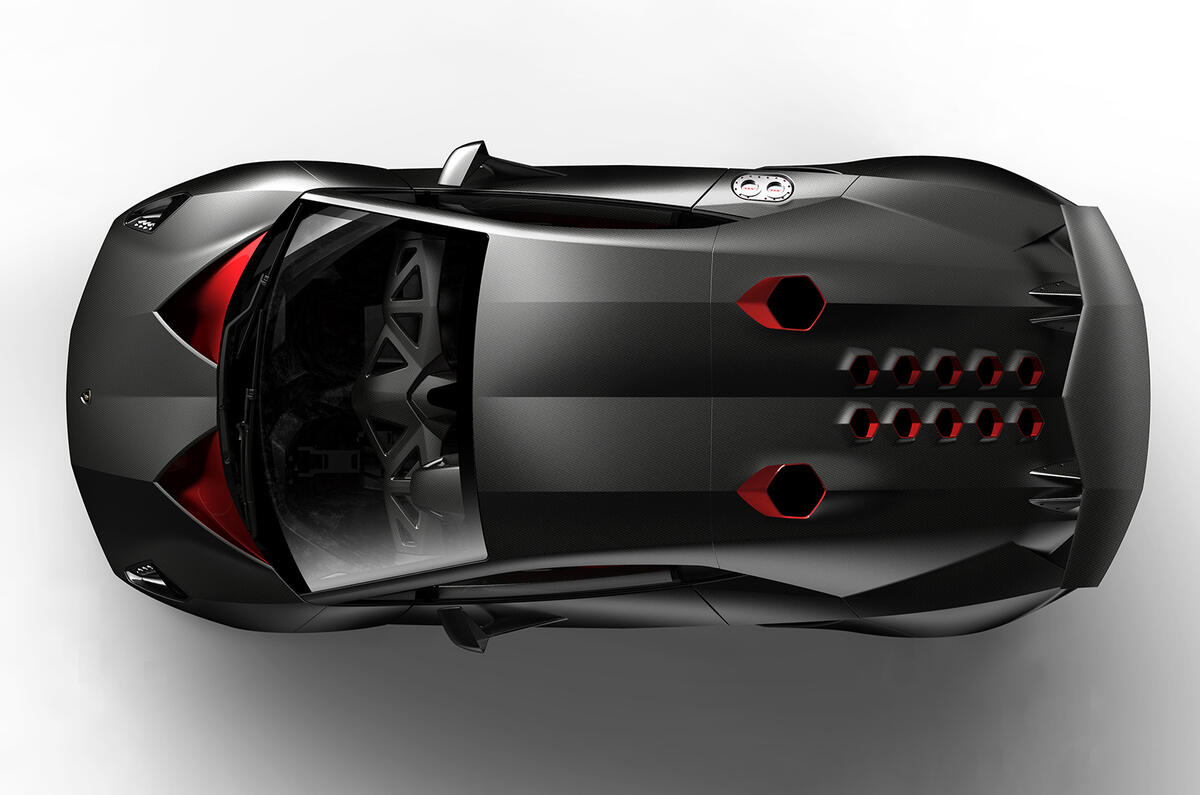
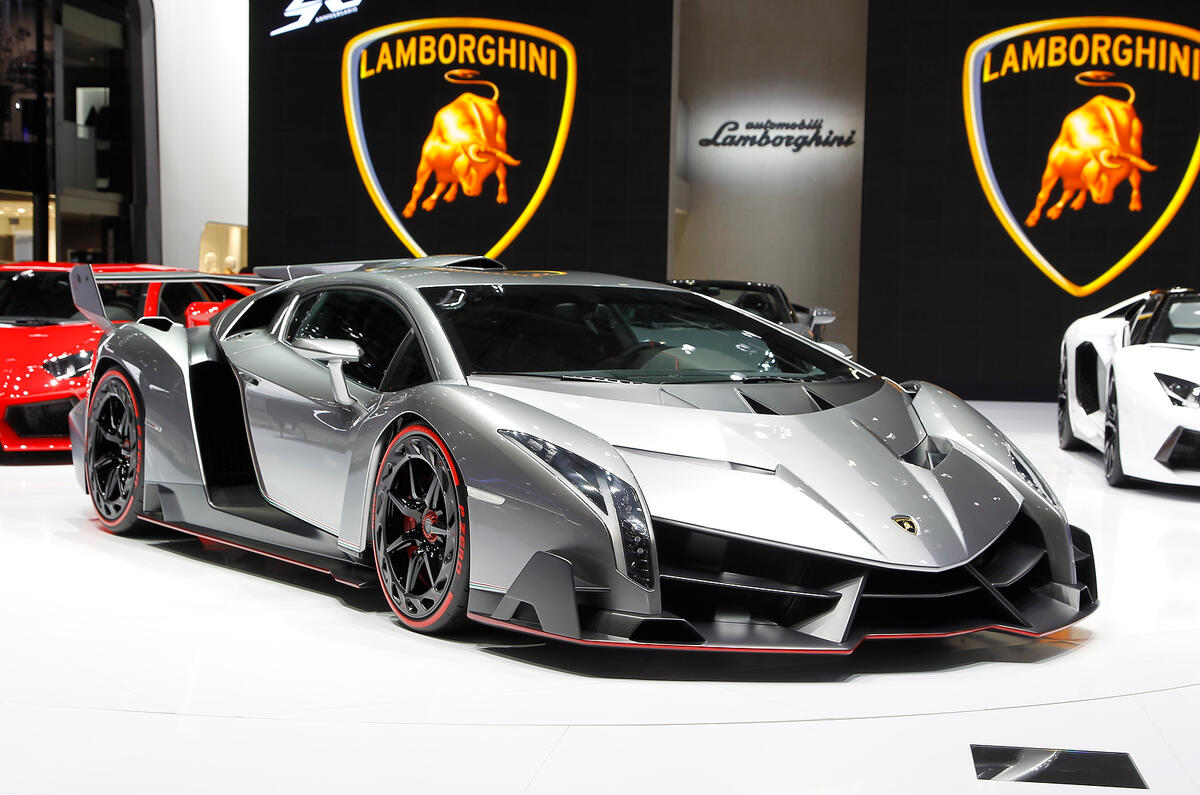
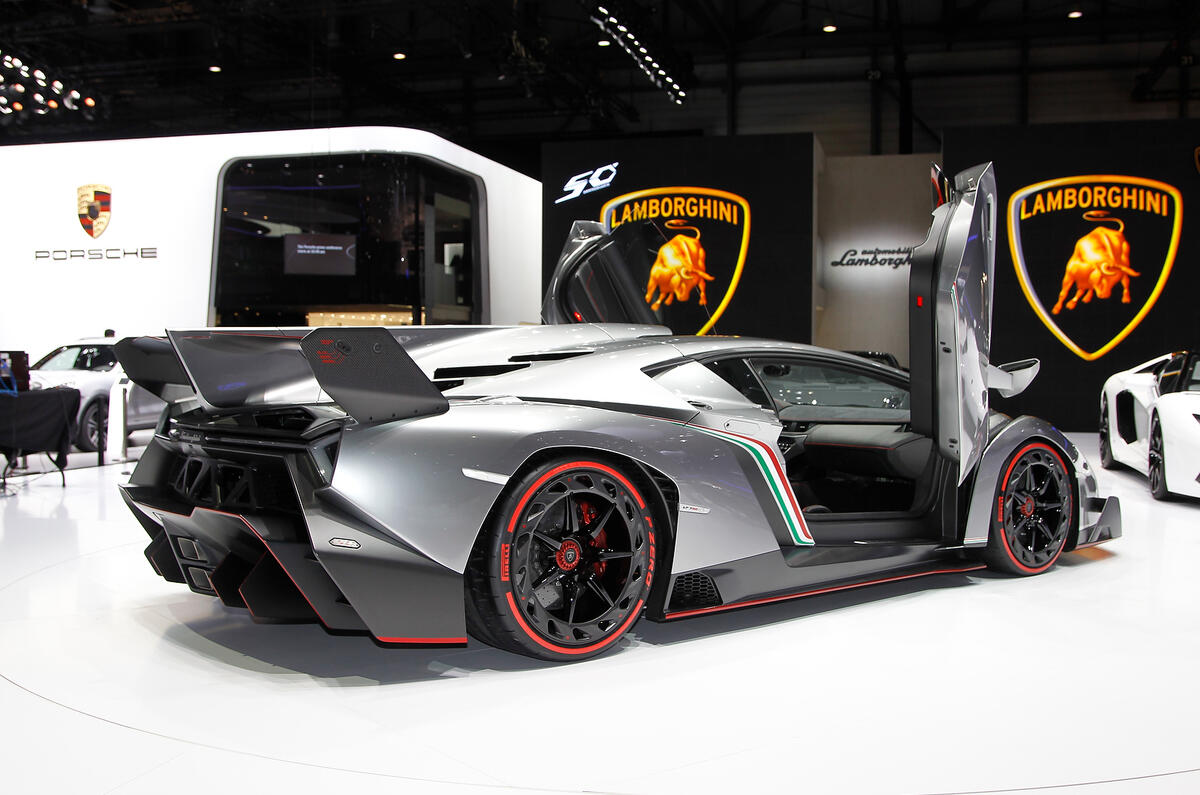

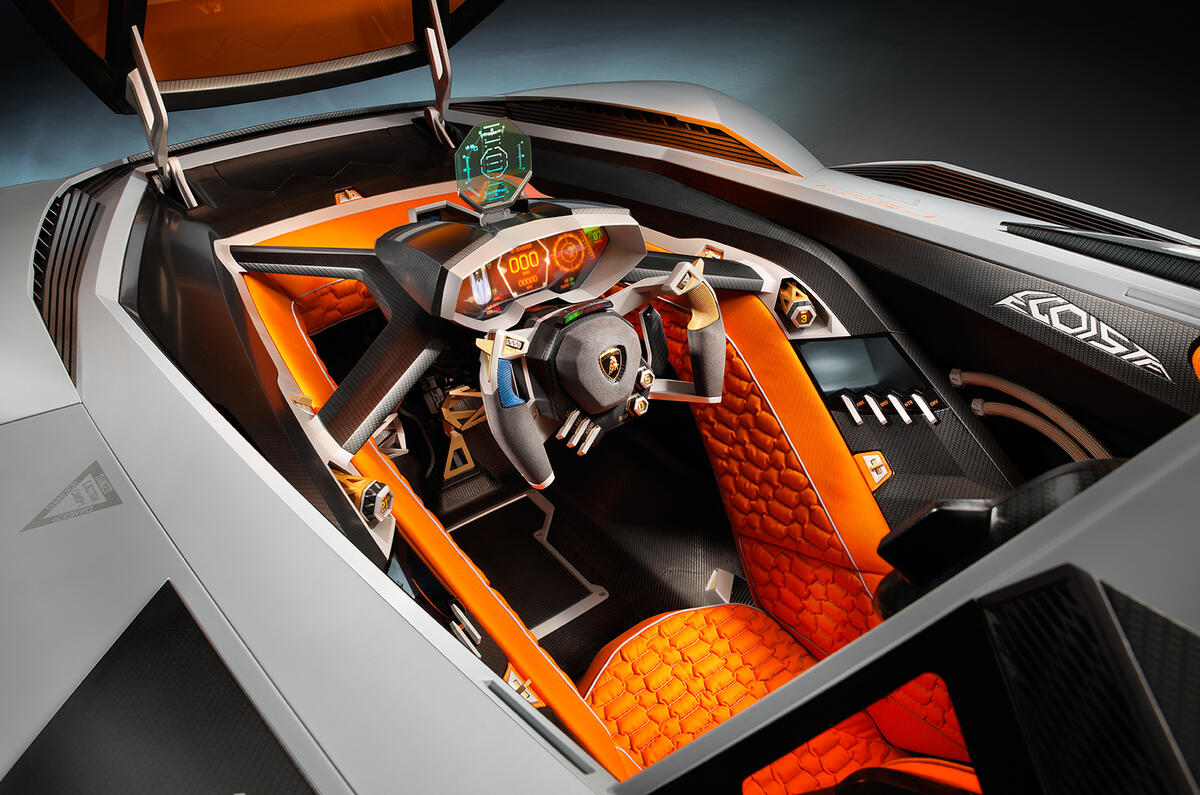
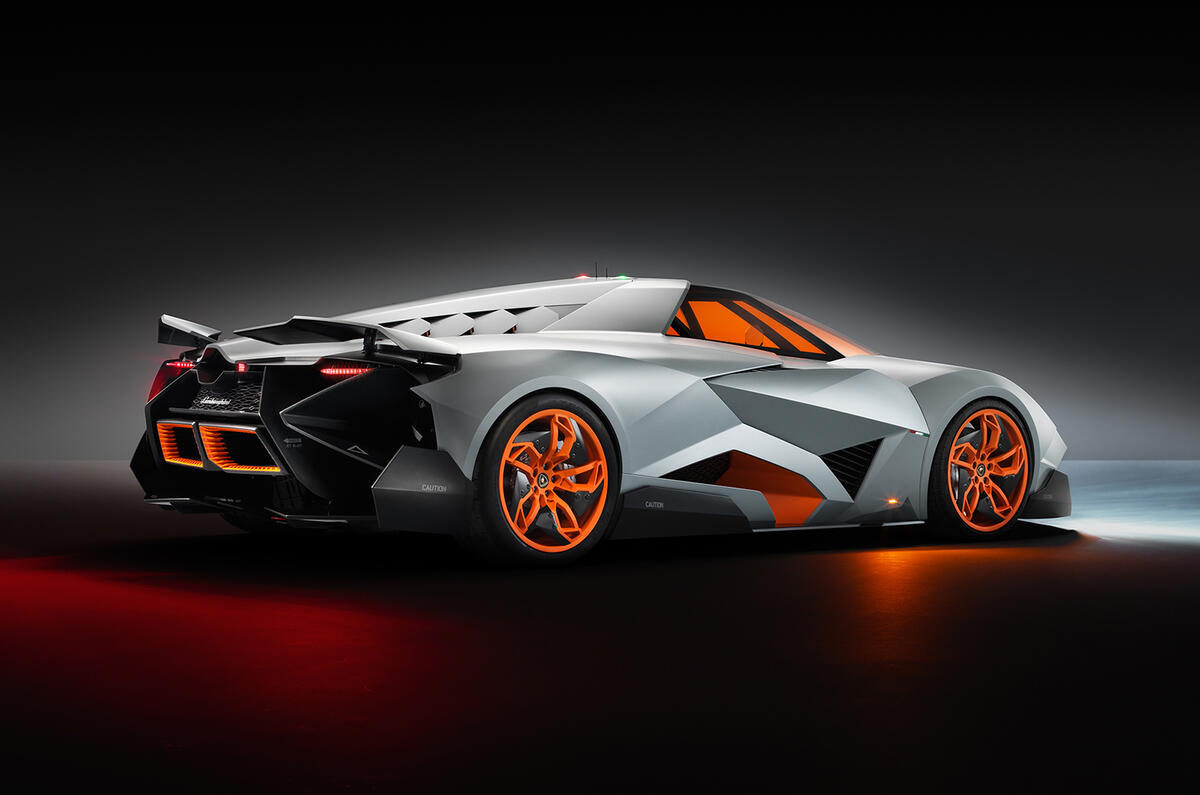

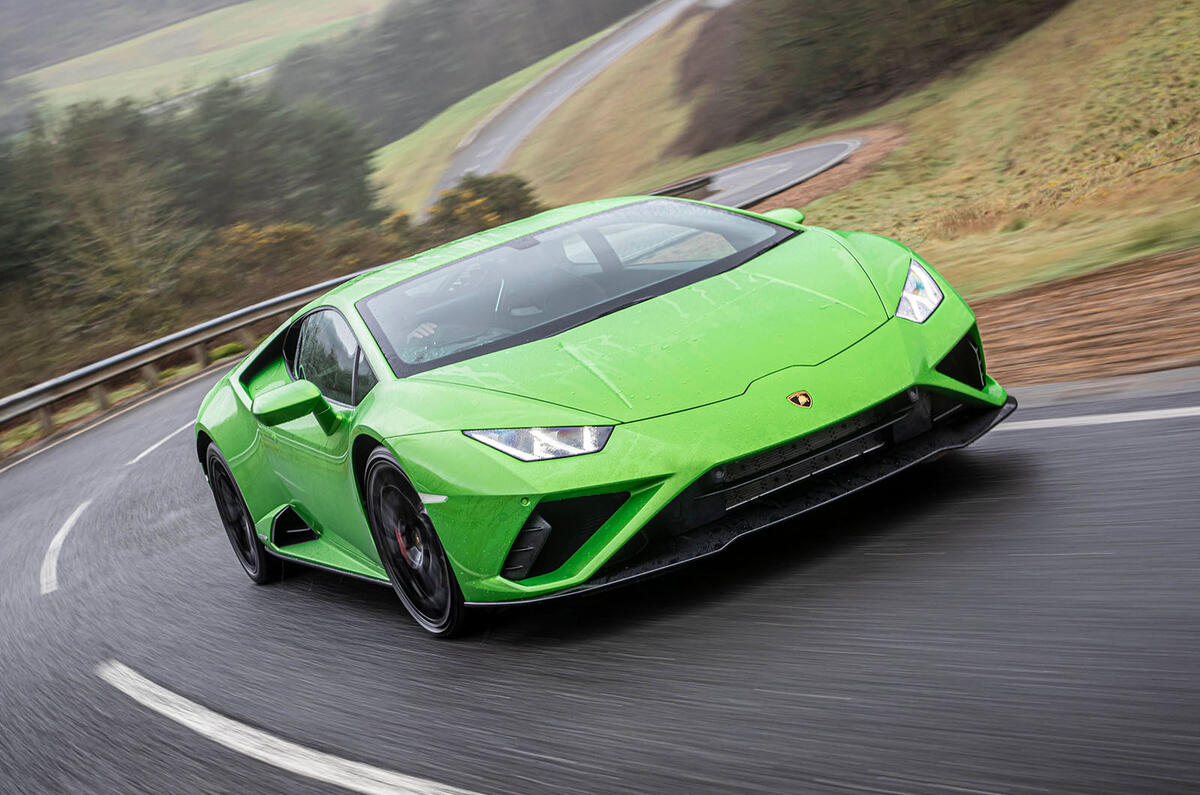

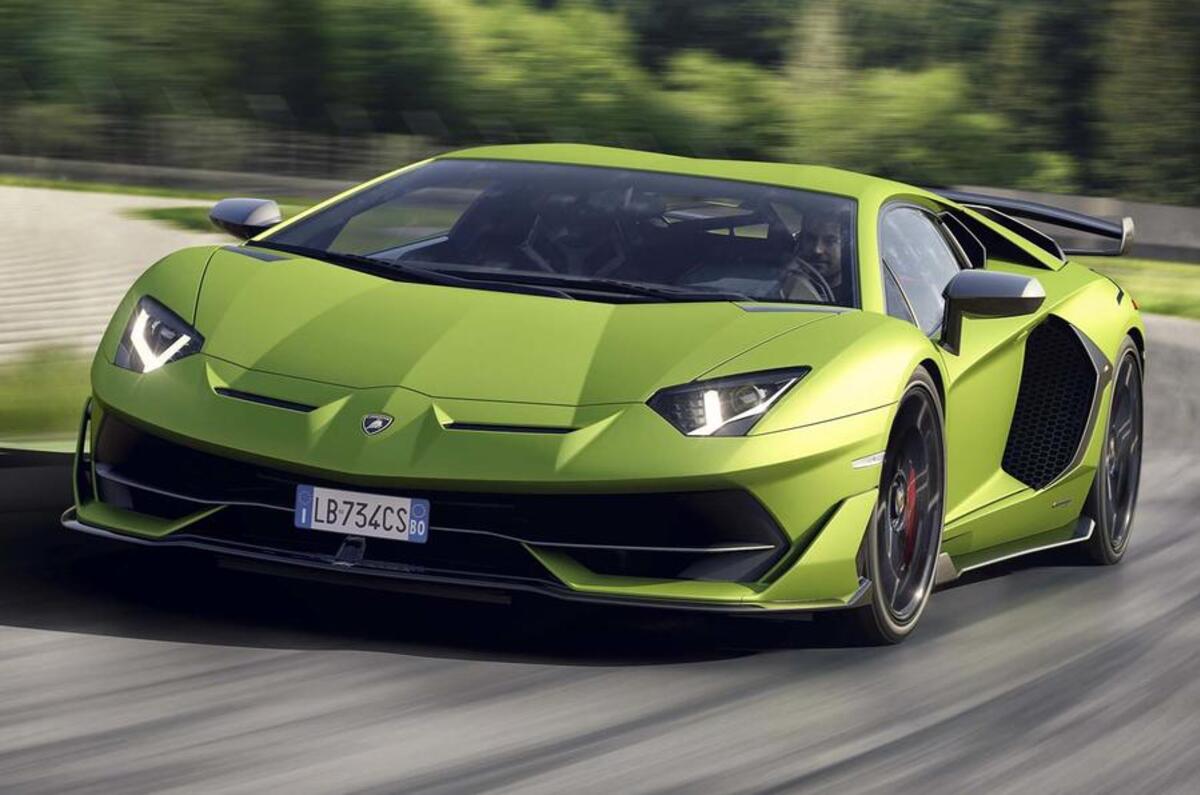

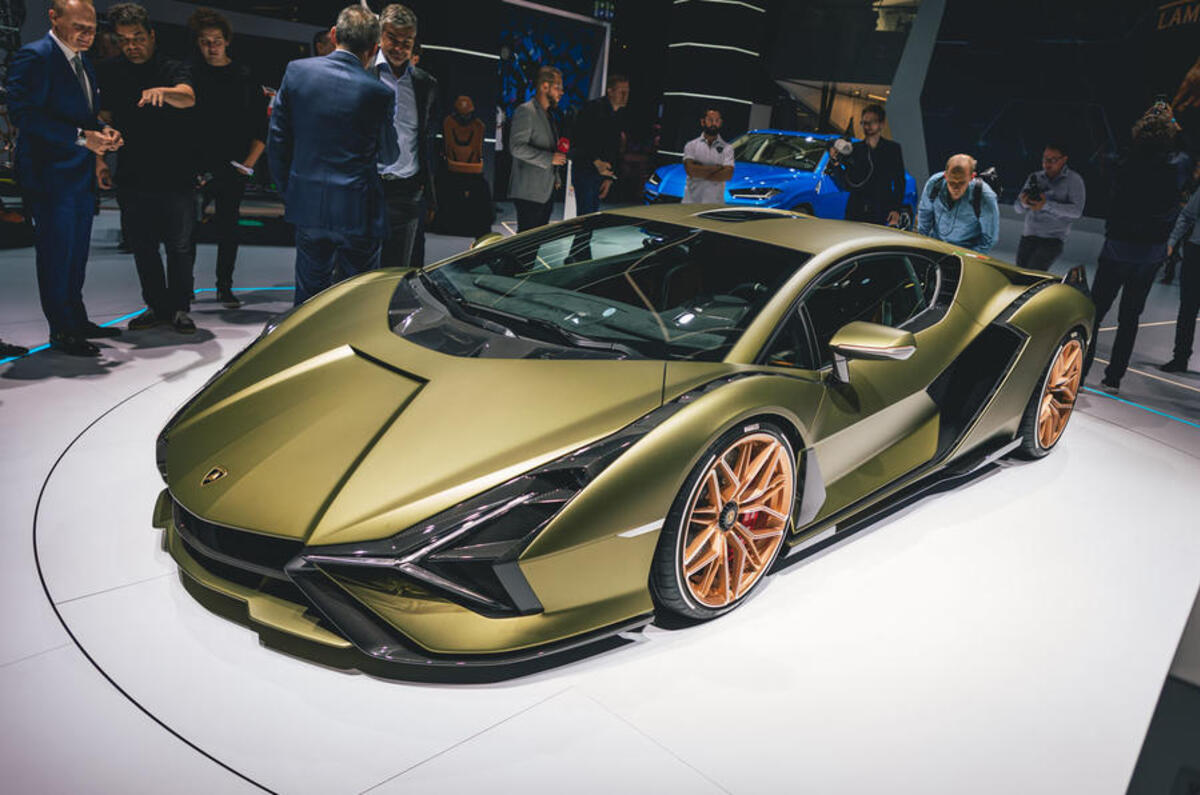


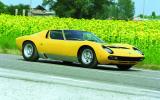
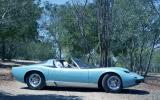
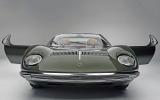
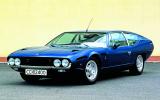






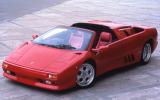






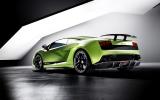


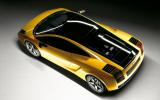







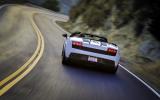





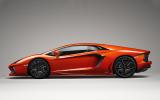

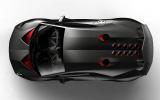



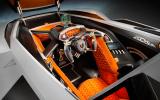


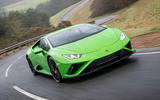






Join the debate
Add your comment
Raging bull...
I believe there was an Islero Lamborghini?, anyone enlighten me, think it was maybe an 1980's car?
I love Lambo
Great gallery.